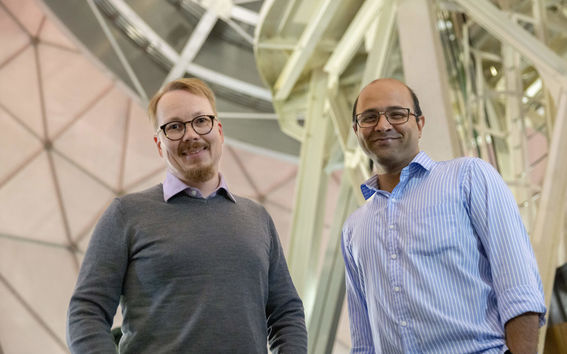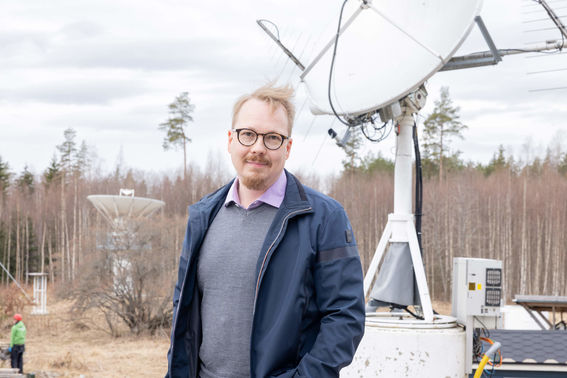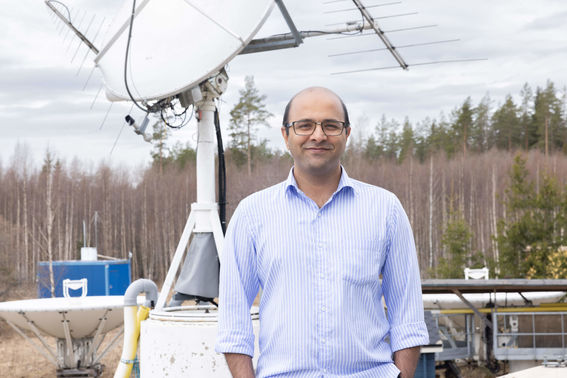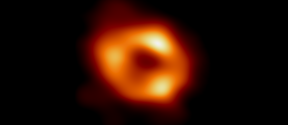I am Postdoctoral Researcher Venkatessh Ramakrishnan, working at both the Finnish Centre for Astronomy with ESO and Aalto University’s Metsähovi Radio Observatory.
My primary contributions to this research was dealing with observations of the object from the APEX telescope in Atacama, Chile, processing the raw data and imaging them. I was also involved in the theoretical interpretation of the image in terms of the physics related to plasma flows under the theory of General Relativity.
The Atacama Pathfinder Experiment (APEX) is one of the submillimetre telescopes in Chile that is administered by the European Southern Observatory (ESO). APEX is one of the many telescopes that form the EHT network, and it has contributed to EHT’s work on M87*. As a member of the EHT APEX team since 2017, I carry out observations and also contribute to the technical duties that are vital to the functioning of the telescope during EHT observations. It is a great joy to see the data I collected being transformed into a final image after years of hard work, just like a seed transforming into a tree.
What do pictures of black holes mean to you and your work?
Pictures of black holes are fundamental for improving our understanding of how galaxies form and evolve. They are the best laboratory to test the theory of General Relativity. The image of SgrA* is certainly unique, since it completes a missing puzzle of the building blocks of our galaxy. By continuing to monitor SgrA* in the years to come, will help us to improve our understanding of how the supermassive black hole and our galaxy will co-evolve. With the images of SgrA* and M87*, we now have two images of black holes, but that merely scratches the surface of long-standing research connected to General Relativity. EHT will be an excellent tool to make images of other black holes in galactic centres, though this will require several technological improvements to its infrastructure. I will make extensive use of EHT as I lead a study of black holes in nearby galaxies. I hope to image at least about 5 other black holes within the next decade.














